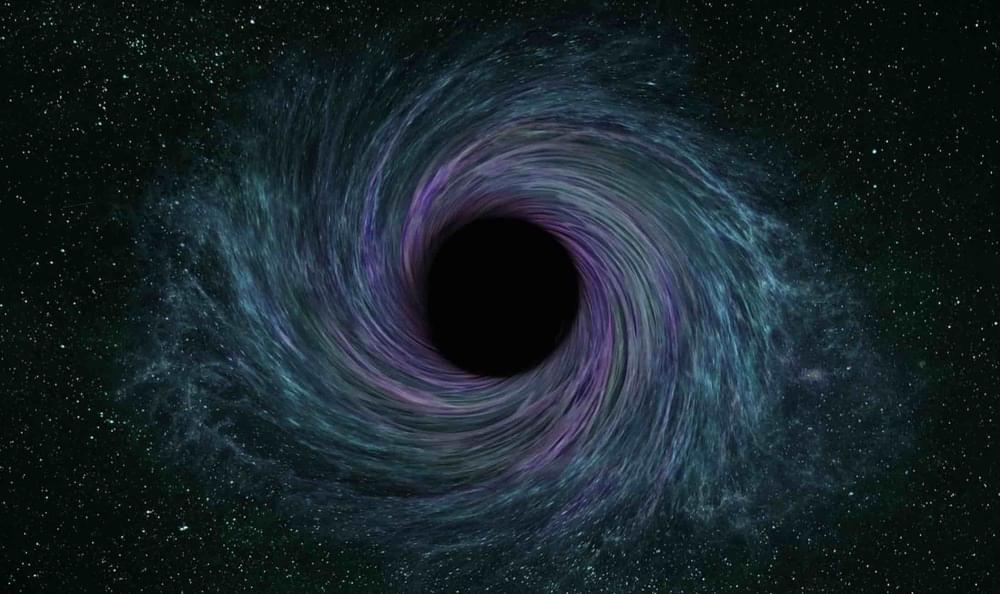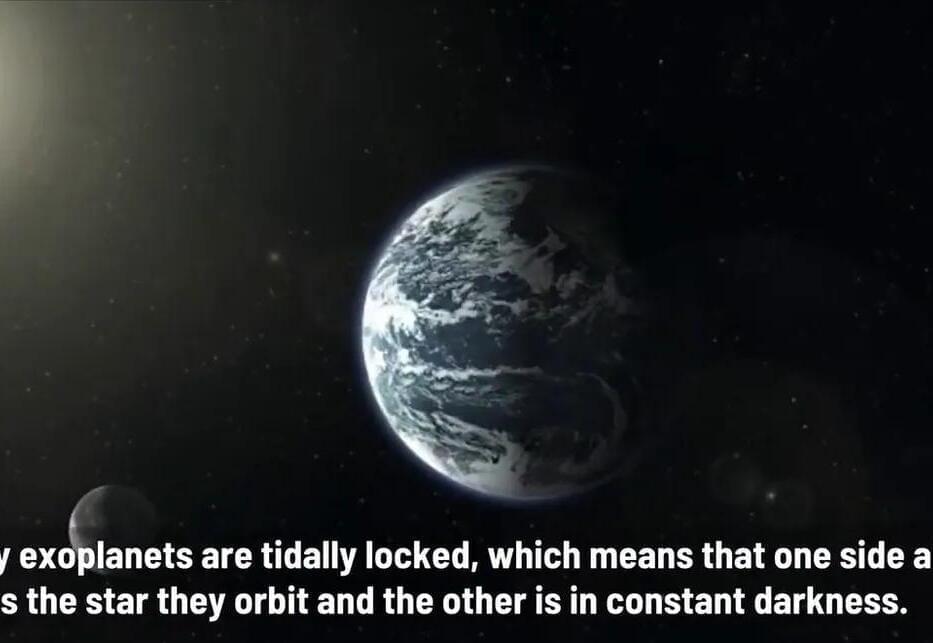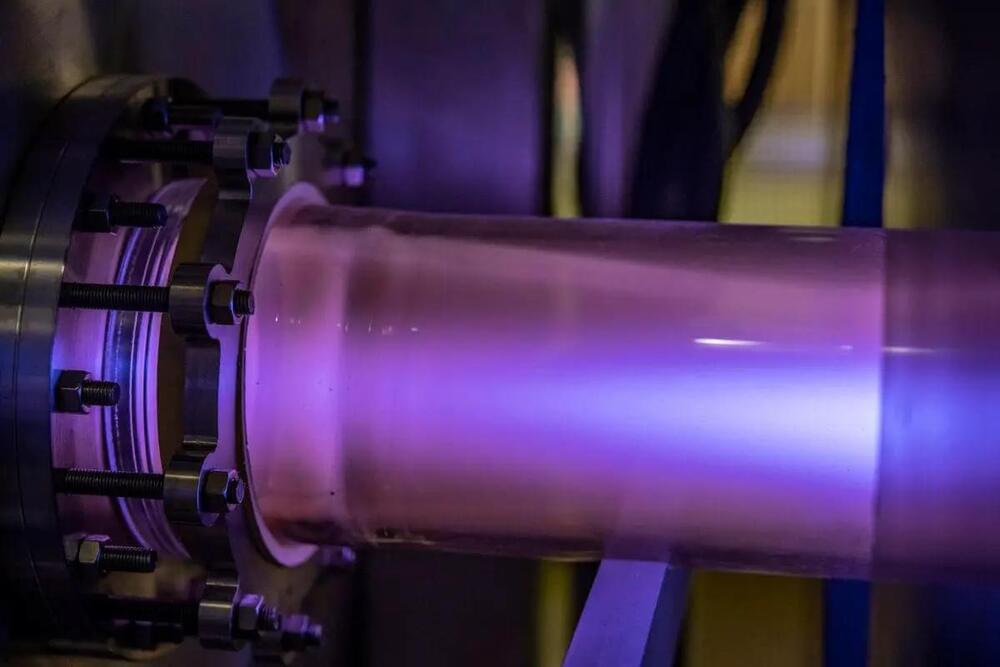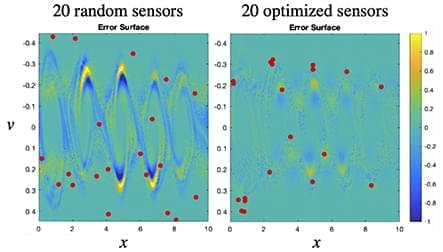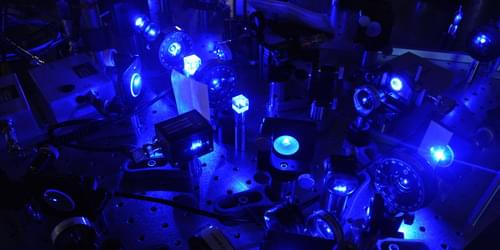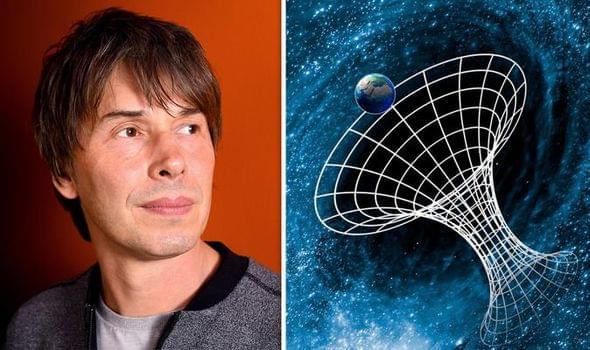Apr 3, 2023
Physicists Created ‘Slits in Time’ and Discovered ‘Unexpected Physics’ in Experiment
Posted by Paul Battista in categories: innovation, physics
Scientists have achieved a “temporal analogue” to the famous double-slit experiment that could lead to new optical technologies. ABSTRACT breaks down mind-bending scientific research, future tech, new discoveries, and major breakthroughs. Scientists have discovered “unexpected physics” by opening up “slits” in time, a new study reports, achieving a longstanding dream that can help to probe the behavior of light and pioneer advanced optical technologies.

